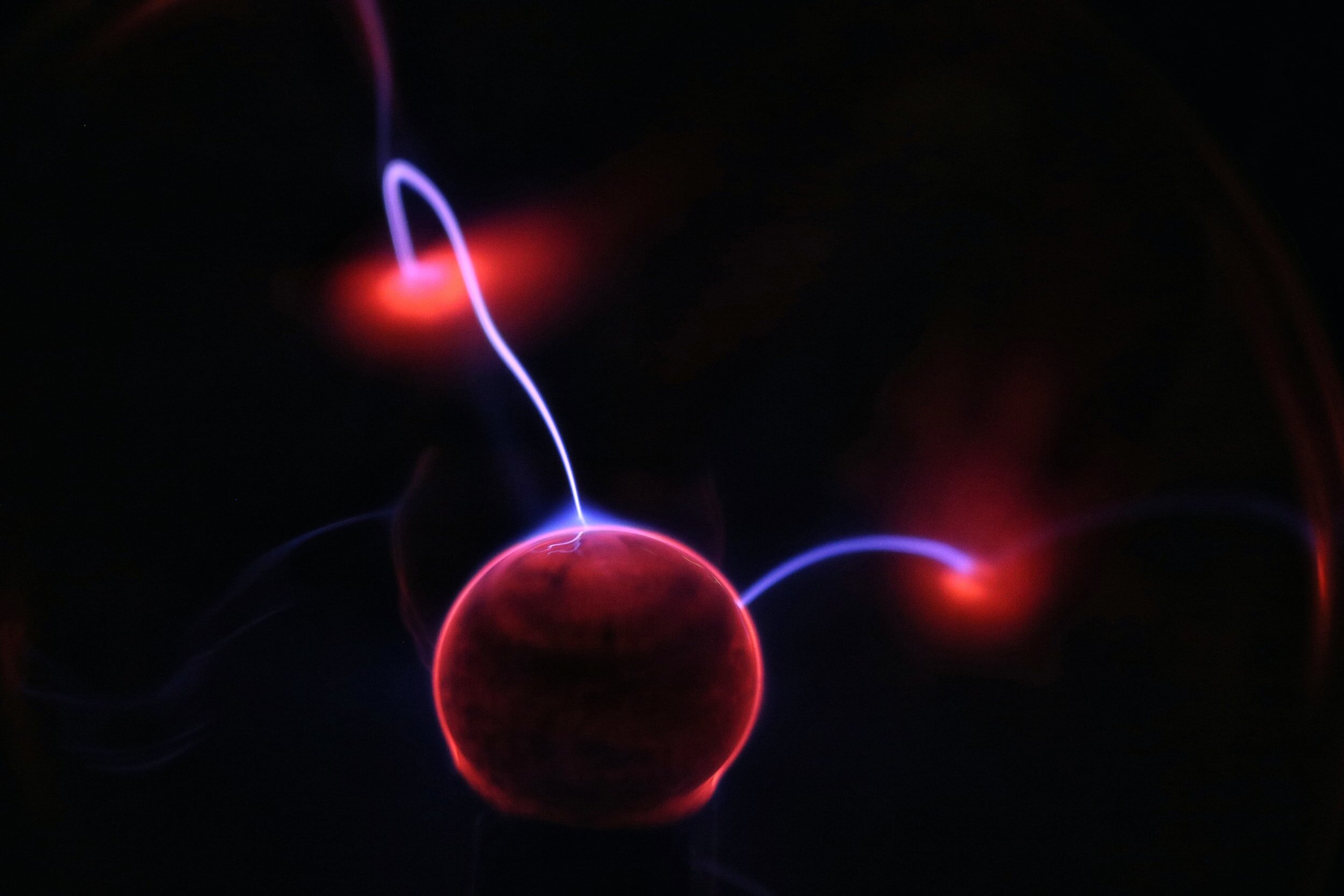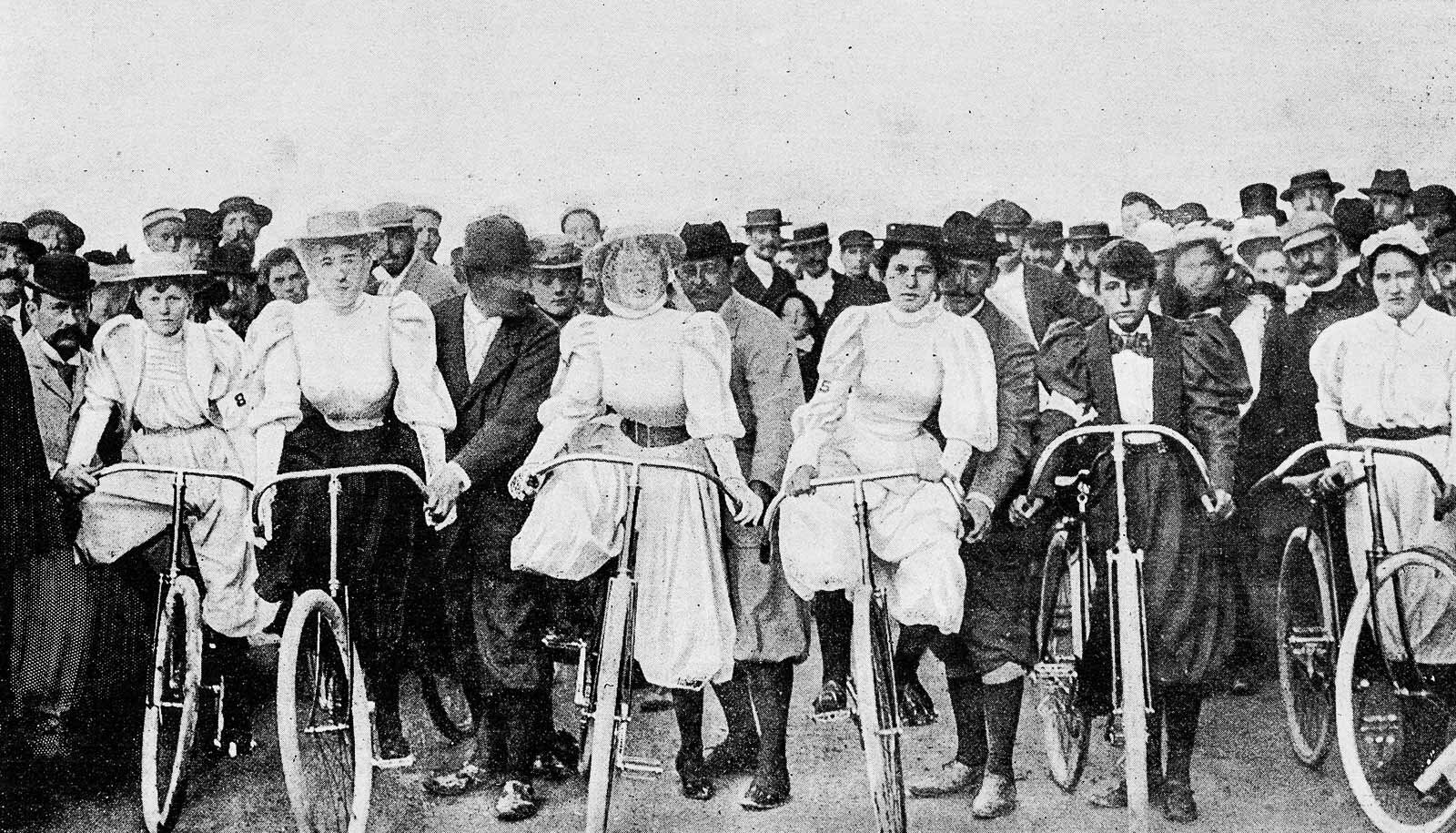Two Female Physicists You Should Know

The following text is from a paper I submitted as part of a “Physics of the Heavens and the Earth” course in my spring 2019 semester at Cornell University.
Marie Curie
While I was googling the most famous physicists on Google, I noticed every name featured at the top of the web page belonged to a white male figure. Thus, my search for an underrepresented physicist began with googling the “most famous female physicists”. Since I am a female, I always notice when there is a lack of female representation in a certain field of work or study. Even in the field of finance, which is a path I wish to pursue, the industry has been male-dominated for many years. Thus, I searched the internet for a very early female physicist. My first stop was on The Guardian website, featuring Marie Curie as one of the “Top 10 Physicists.” Marie Curie was the first woman to win a Nobel prize and the first person to win two separate Nobel prizes. Her first Nobel was won in 1903 with her husband for discovering radioactivity, despite the fact that she was not allowed to participate in the keynote lecture as a woman. Her second Nobel was awarded for discovering radium. Curie’s path that brought her to physics began as a little girl when she received a general education in local schools and scientific training from her father. Eventually, she studied Physics and Mathematical Sciences at Sorbonne in Paris, where she met her physics professor and husband Pierre Curie. Together, tackled several research projects under difficult conditions. Marie Curie faced obstacles beyond just being a woman working during a great age of innovation. After her mother passed away, Curie’s father had too little money alone to support her ambition to go to university and higher education was not available for girls in Poland. Curie was intrinsically motivated by her own passion for physics, which may have begun when she attended a secret school called the “Floating University”-which taught physics and natural history as well as forbidden subjects of Polish history and culture to avoid Russian detection (Smithsonian). Marie Curie died of aplastic anemia, believed to be caused by her prolonged exposure to radiation from her extensive research and further development of X-rays, so health issues were yet another obstacle she faced. Marie Curie is known for discovering radioactivity, and, with her husband, radioactive elements polonium and radium (Biography). Beyond just health and gender-related obstacles, it was hard to find any other obstacles she faced or her sources of inspiration to study physics.
Ellen Ochoa
After learning about Marie Curie, I acknowledged that she was not a colored woman. Being a Hispanic female, I was curious if there were any Hispanic female physicists. After
sifting through Google, I landed upon the Wikipedia page of Ellen Ochoa, an American engineer, former astronaut and former Director of the Johnson Space Center. In 1993, she became the first Hispanic woman in the world to go to space during her nine-day mission aboard the Discovery shuttle. I confirmed she would be classified by looking up the definition of a physicist, which includes anyone who studies physics. Ellen Ochoa received a Bachelor of Science degree in physics from San Diego State University before earning a Master of Science and a doctorate in electrical engineering from Stanford University. Thus, I figured she fit the definition. I discovered from Scholastic that Ochoa was inspired by Sally Ride, the first American woman to enter space, to become an astronaut. Ochoa earned her doctorate and applied to NASA’s astronaut program. One obstacle Ochoa faced, however, was the rejection of her first astronaut application (Scholastic). While waiting to get into the program, Ochoa conducted research in optical information systems. She looked for ways to use lasers, holograms, and similar devices to process images--useful object-recognition technology for robotic manufacturing. Ochoa holds patents as a co-inventor on three patents for an optical inspection system, an optical object recognition method, and a method for noise removal in images. Her inventions significantly increased the ability to capture and analyze finely-detailed imagery, including applications in space and on the Earth An optical inspection system allows a camera to autonomously scan a device for any failure/missing components as well as quality defects including size or component skew. Object recognition involves the identification of an object and locating within an image, allowing for multiple objects to be identified and located within the same image. Object recognition is used in machine learning and deep learning, data analysis methods that automate analytical model building on computers. During Ochoa’s training, she underwent several physical and mental challenges including rigorous courses related to space sciences, astronomy, geology, oceanography, meteorology, first aid, survival techniques, and space shuttle design. While aboard the shuttle Discovery in 1993, Ochoa released a research satellite using the shuttle’s robotic arm to study the effects of solar activity on Earth’s atmosphere. She also used a robotic arm for similar research while aboard Atlantis in 1994. According to Nasa.gov, Ochoa is now a Fellow of the American Association for the Advancement of Science (AAAS) and the American Institute of Aeronautics and Astronautics (AIAA), serves on several boards, and chairs the Nomination Evaluation Committee for the National Medal of Technology and Innovation.
References
Biography of Ellen Ochoa. (n.d.). Retrieved from https://www.scholastic.com/teachers/articles/teaching-content/biography-ellen-ochoa/
Ellen Ochoa. (2019, March 05). Retrieved from https://en.wikipedia.org/wiki/Ellen_Ochoa
Ellen Ochoa: 1958-: Astronaut - Twice Valedictorian. (n.d.). Retrieved from https://biography.jrank.org/pages/3170/Ochoa-Ellen-1958-Astronaut-Twice-Valedictorian.html
Madame Curie's Passion. (2011, October 01). Retrieved from https://www.smithsonianmag.com/history/madame-curies-passion-74183598/
Marie Curie. (2019, February 07). Retrieved from https://www.biography.com/people/marie-curie-9263538
McKie, R. (2013, May 11). The 10 best physicists. Retrieved from https://www.theguardian.com/culture/gallery/2013/may/12/the-10-best-physicists
Object Recognition. (n.d.). Retrieved from https://www.mathworks.com/solutions/deep-learning/object-recognition.html
Roberts, J. (2015, February 11). NASA Astronaut Dr. Ellen Ochoa. Retrieved from https://www.nasa.gov/centers/johnson/about/people/orgs/bios/ochoa.html
The Nobel Prize in Physics 1903. (n.d.). Retrieved from https://www.nobelprize.org/prizes/physics/1903/marie-curie/biographical/




